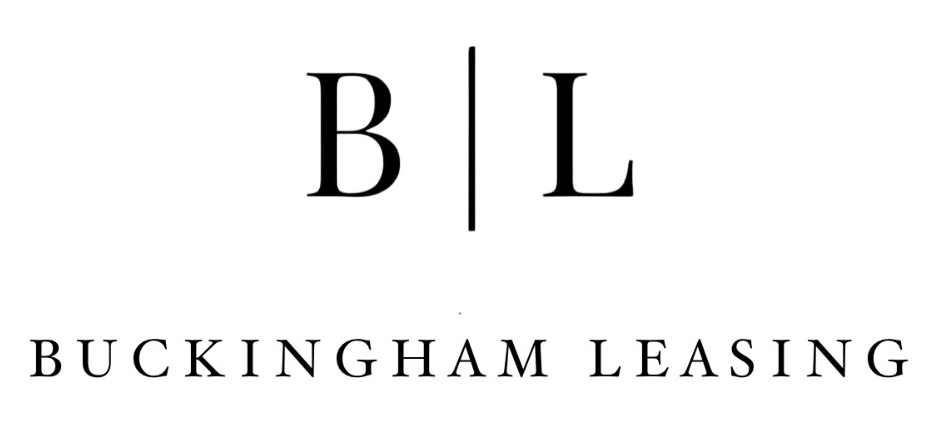What is Asset Finance?


What is Asset Finance?
Asset finance is a process which enables businesses to acquire assets and spread the cost over a period of time in order to carry out daily tasks efficiently and grow effectively in their respective sector. With the recent pandemic affecting businesses across the world, it has highlighted how important it is to preserve the most important part of any business, cashflow. Asset finance actively safeguards cashflow and can be extremely flexible for various assets, namely; construction equipment, manufacturing equipment and agriculture equipment to name just a few. With the assets financed being wholly or largely secured, it allows businesses to fund a new asset which will generate income across its useful life, whilst also spreading the cost to assist in reducing taxable income. Asset finance can also be used to refinance machines already owned allowing you to free up working capital in other areas of the business. In order to understand the different types of asset finance we will explore the options available.
Types of Asset Finance
There are three main forms of asset finance to consider, namely; Hire Purchase, Finance Lease and Operating Lease.
Hire Purchase
Hire Purchase is the most popular form of asset finance, giving businesses control of an asset whilst paying agreed instalments which cover interest and the capital cost. The interest rate charged can depend on several variables, including credit profile, age of business, type of asset and macroeconomic factors. During the finance agreement, the full asset value appears on your balance sheet and part of the periodic rental is treated as a business expense on the profit and loss. The business is responsible for maintaining and insuring the asset during the life of the agreement. On completion, providing all payments have been made ownership of the asset transfers to the customer. Please see below the advantages of Hire Purchase:
- Spread capital cost over 1-7 years (pay monthly, quarterly, semi-annually, annually)
- Full ownership on final payment
- Maintain a healthy cashflow with low rate finance
- VAT paid upfront, deferred, or financed in full over the respective term
- Claim tax relief via annual capital allowances
- Agreed fixed repayments facilitates budgeting
Finance Lease
A Finance Lease is a type of asset finance where a business (or ‘lessee’) rents an asset over a period of 1-7 years. During the finance agreement, the full asset value appears on your balance sheet and part of the periodic rental is treated as a business expense on the profit and loss. Finance leases are composed of a primary rental period, where the payment profile will add up to the full cost of the asset plus interest. On completion of the primary period, the business will have three options:
- Sell the asset and receive a percentage of the proceeds (can be 100%)
- Take ownership of the asset through a paperwork exercise
- Continue to lease the machine and pay secondary period rentals annually
Please see below the advantages of a finance lease:
- Spread capital cost over 1-7 years (pay monthly, quarterly, semi-annually, annually)
- Option to own/sell or lease at the end of the term
- Maintain a healthy cashflow with low rate finance
- No deposit required; VAT payable on each lease payment
- Payments are tax deductible
- Agreed fixed repayments facilitates budgeting
Operating Lease
An operating lease is a finance agreement where the customer (or ‘lessee’) rents an asset for a period of the asset’s useful life. The interest charges are based on the asset’s original purchase price and its residual value at the end of the agreement. At the end of the term the customer hands back the asset to the residual value holder who settles it and takes title. There are many benefits; low total cost and low initial cost, with all payments (including VAT) repaid across the contract period, tax efficient as asset repayments count as a business expense, allows for accurate budgeting and maintenance and other costs can be included in the repayment plan. Please see below the advantages of an operating lease:
- Pay fixed rentals (monthly, quarterly, semi-annually, annually) over 1-7 years
- Lower payments than with HP or FL, never repay full asset value over term
- No deposit required; VAT payable on each lease payment
- Allows you to develop a structured equipment replacement cycle, ensuring you can benefit earlier from the latest technology
- Payments are tax deductible
- Agreed fixed repayments facilitates budgeting
- Maintenance/ service costs can be included on rentals and are interest free
In what instances should you consider Asset Finance?
It goes without saying, moving into a post COVID era where the realization of cashflow is key to survival, asset finance should be considered in all instances when a business is looking to procure a new business asset. A thorough analysis should be undertaken to take into account the benefits, such as; budgeting correctly, reducing your tax expense and spreading the cost of an asset over the course of its useful life. Moreover, by using asset finance it may mean a business can look to source a more expensive machine which is more efficient, produces a higher output and makes the business more profitable in the long term.
What can I do to look into this further?
If you are looking to source a business asset whatever sector you are in, please get in touch today with Buckingham Leasing for some free and friendly advice to consider what options you have. No matter how big or small, new or old your business is, we have heaps of experience in all sectors to help you make the right decision for your business.
Please get in touch today:
E: enquiries@buckinghamleasing.co.uk
M: 07515662628
Jack Bridges
Buckingham Leasing
